Diorite is an igneous rock with a granular, amorphous, or half-shaped grain texture. It is composed of silica and alkali metals and forms from the slow cooling of lava. Diorite differs from granite because it does not contain quartz, while granite includes a substantial amount of quartz. Diorite is less porous than basalt stone and more porous than granite.
The diorite stone exists in several varieties, all with the same composition. These varieties include:
Andesite: It is an extrusive igneous rock that combines granite and basalt. It has a fine-grained texture and grayish color.
Granite: It is an igneous rock that comes in white or gray but may contain other minerals that give it red or white hues.
Basalt: It is a dark-colored extrusive igneous rock with fine grains.
Characteristics of Diorite Stone
- High hardness
- Resistance to weather conditions
- Resistant to water and heat penetration
- Strong adhesion
Carving diorite stone is difficult due to its extreme hardness. Ancient civilizations like Egypt used granite, a similarly hard stone, for carving and cutting.
Diorite Stone Different Finishes Processing
Diorite stone has a variety of finishes due to its high durability. Examples of these finishes can be seen in the gallery below:
Applications Of Diorite Stone
Diorite stone is versatile and available in tile sizes, making it suitable for indoor and outdoor building use.
- Staircase and stair stone
- Facade stone
- Flooring
- External and internal wall stone
- Creating decorations (such as sculptures and stone decorations)

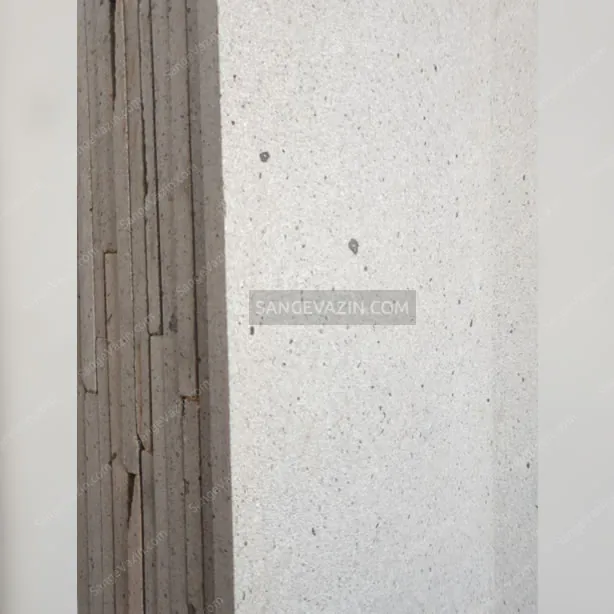









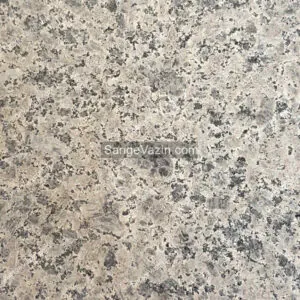


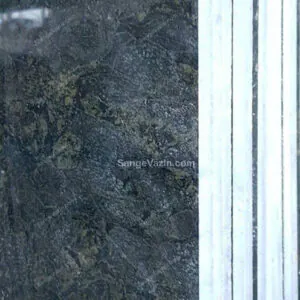
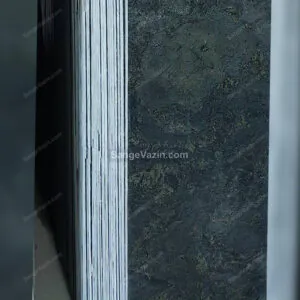
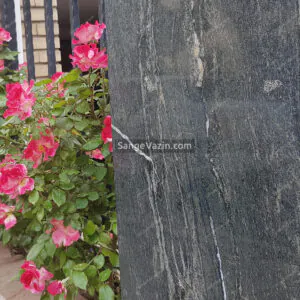

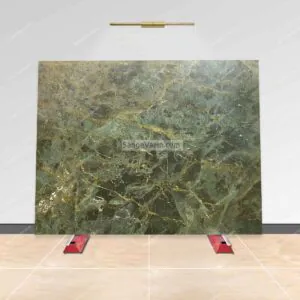

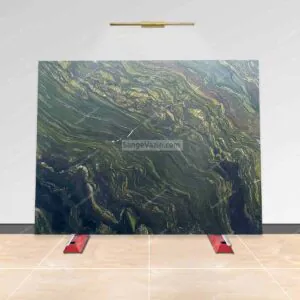
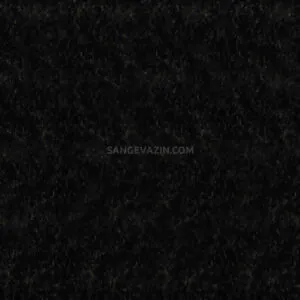
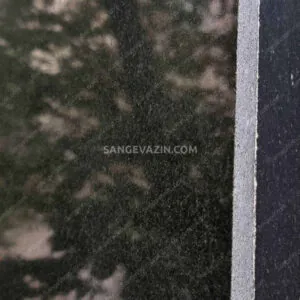

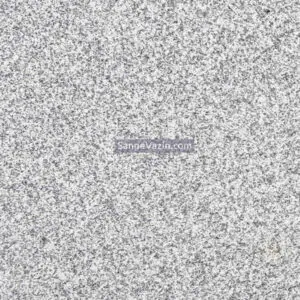
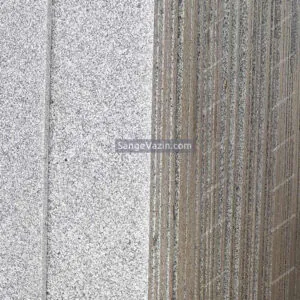
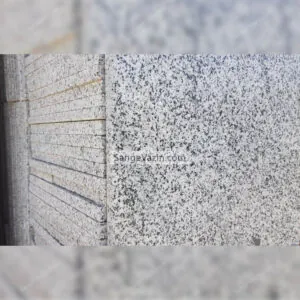
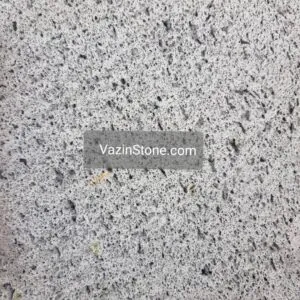

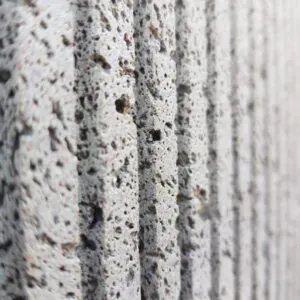
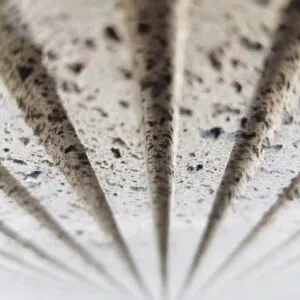
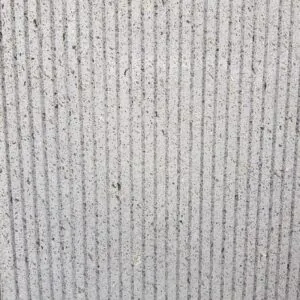
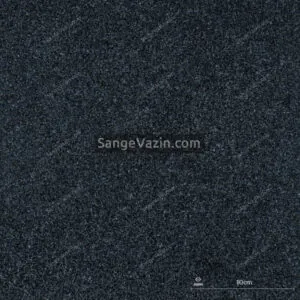
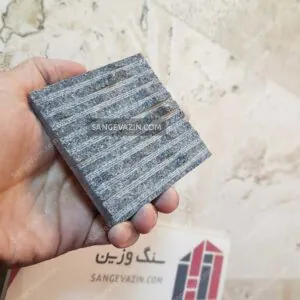
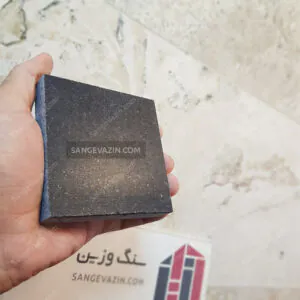
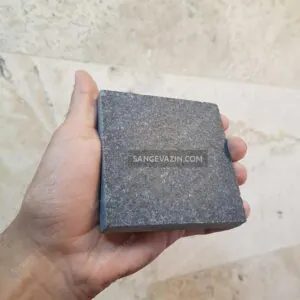

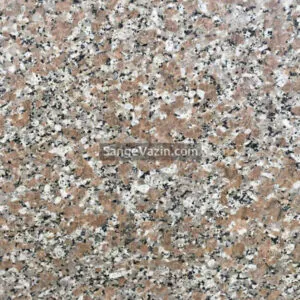
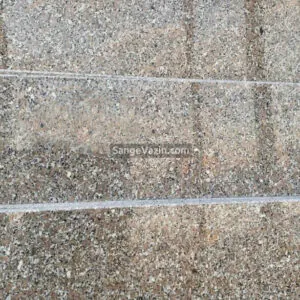
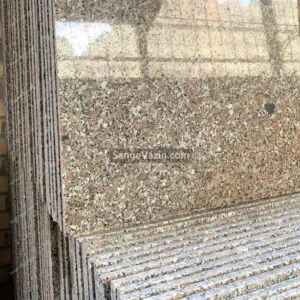
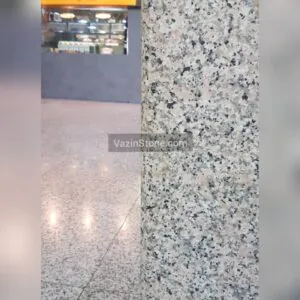


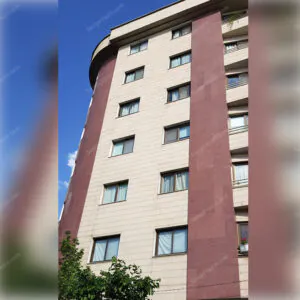
There are no reviews yet.